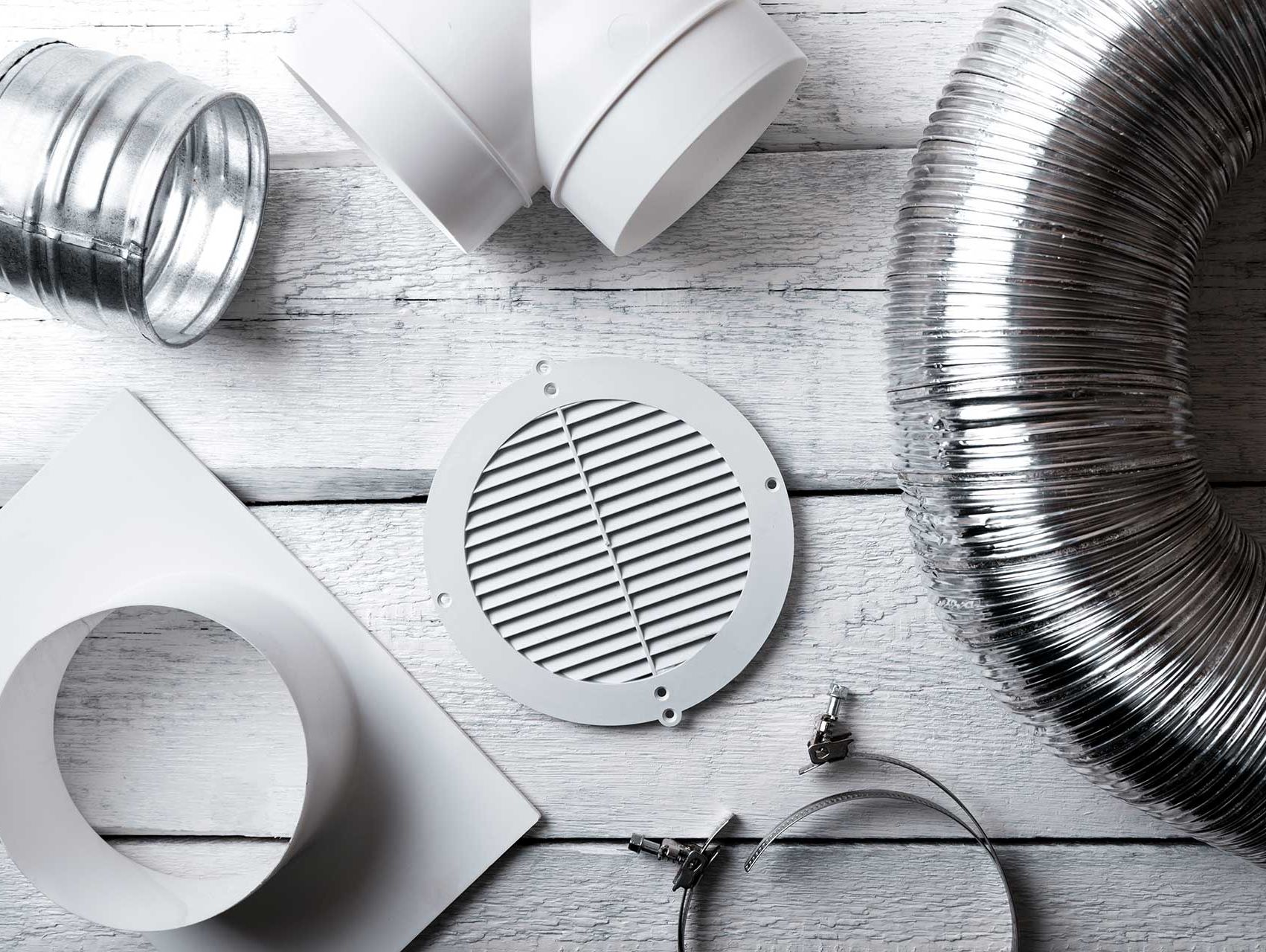
03/03/2023 0 Comments
Positive Input Ventilation System: The Most Common Questions Answered
As a fully approved installer of BEAM positive input ventilation systems in Clare, we have helped hundreds of clients eliminate persistent damp and mould issues. While damp and mould solutions like chemical cleaners and vents systems are well known, a positive input ventilation system is a lesser-known solution. This seeming lack of public knowledge is unfortunate, especially considering this system's effectiveness. Therefore to raise awareness about this system, we've added some of the most common questions we get asked below.
What is a positive input ventilation system?
A Positive Input Ventilation (PIV) system is a type of ventilation system commonly used in residential buildings to improve indoor air quality and reduce the risk of dampness and condensation.
A PIV system draws fresh, filtered air from outside the building into the dwelling through a fan, usually located in the loft space or hallway. The incoming air creates a slight positive pressure that displaces stale and humid air, which is then expelled through natural ventilation points such as windows, vents or trickle vents.
The filtered air entering the dwelling helps to dilute pollutants and allergens such as dust, pollen, and mould spores, improving indoor air quality. In addition, the PIV system helps to maintain a comfortable indoor temperature by reducing humidity levels, preventing the growth of mould and mildew and reducing the risk of condensation on windows and walls.
PIV systems are relatively easy to install, require little maintenance and are energy-efficient, making them a popular choice for homeowners looking to improve their indoor air quality and reduce the risk of dampness and mould.
How does positive input ventilation work?
Positive Input Ventilation (PIV) introduces fresh, filtered air from outside the building into the dwelling through a fan, usually located in the loft space or hallway. The incoming air creates a slight positive pressure that displaces stale and humid air, which is then expelled through natural ventilation points such as windows, vents or trickle vents.
Here are the steps involved in how a PIV system works:
A fan is installed in a central location, usually in the loft space or hallway, which draws fresh air into the building from the outside.
The air is filtered to remove pollutants and allergens such as dust, pollen, and mould spores.
The fresh air is then introduced into the dwelling through a diffuser, usually located in the hallway or landing.
The incoming air creates a slight positive pressure that pushes stale, humid air towards natural ventilation points such as windows, vents or trickle vents.
The stale air is then expelled from the building, creating a continuous cycle of fresh air.
By continuously introducing fresh air into the dwelling, the PIV system helps to dilute pollutants and allergens and maintain a comfortable indoor temperature by reducing humidity levels, preventing the growth of mould and mildew and reducing the risk of condensation on windows and walls.
Is positive input ventilation an effective solution for dampness and mould?
Yes, positive input ventilation (PIV) can be an effective solution for damp and mould problems in homes. Dampness and mould can occur when there is excess moisture in the air, leading to condensation on walls, windows and other surfaces.
PIV systems work by introducing fresh, filtered air from outside the building, which helps to dilute the concentration of moisture and other pollutants in the air. By reducing humidity levels, PIV systems can help prevent the growth of mould and mildew, which thrive in damp conditions.
In addition to preventing mould and mildew, PIV systems can also improve indoor air quality by filtering out pollutants and allergens such as dust, pollen and mould spores. This can be particularly beneficial for people with respiratory problems such as asthma.
However, it's important to note that PIV systems may not be effective in all cases of dampness and mould. In some situations, such as when a significant amount of moisture enters the building from outside or an underlying structural issue, additional measures may be required to address the problem. Therefore, consulting with a professional is essential to determine the best solution for your situation.
Are you interested in discovering how Positive Input Ventilation can address your home's dampness or mould issues? Then please contact our offices today, and we can discuss everything from installation to pricing.

Comments
Leave a comment